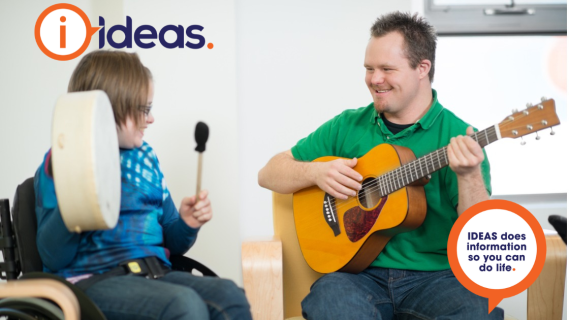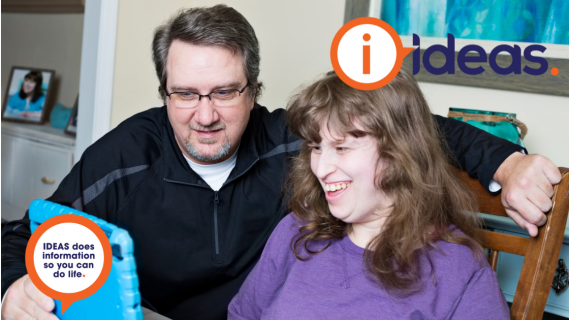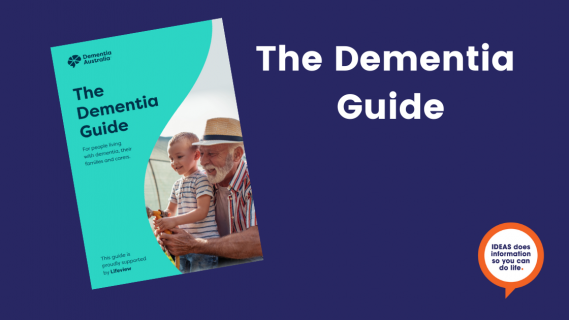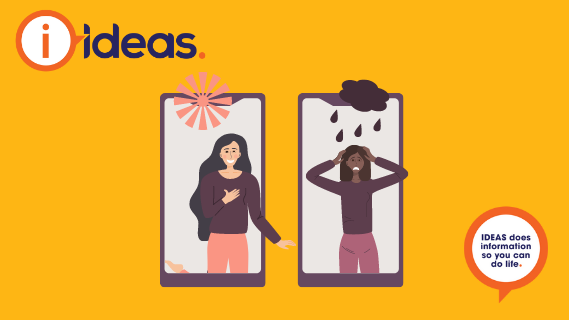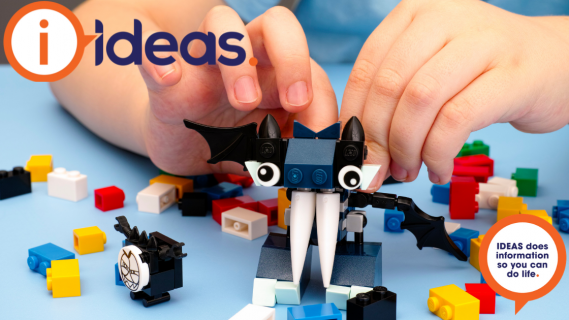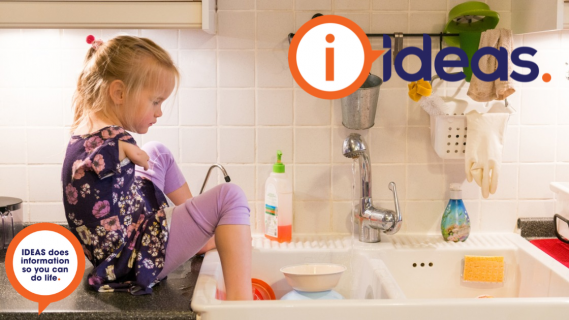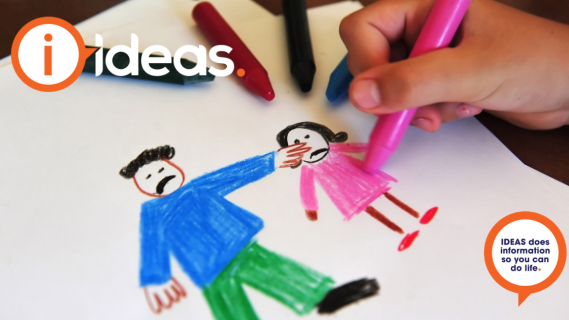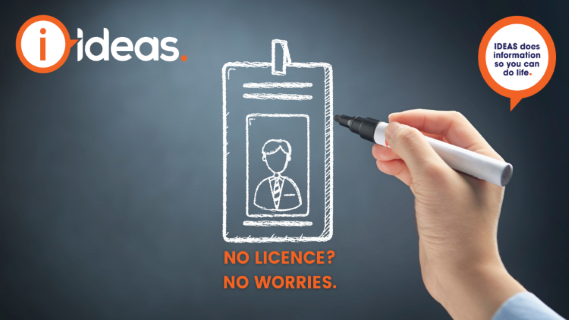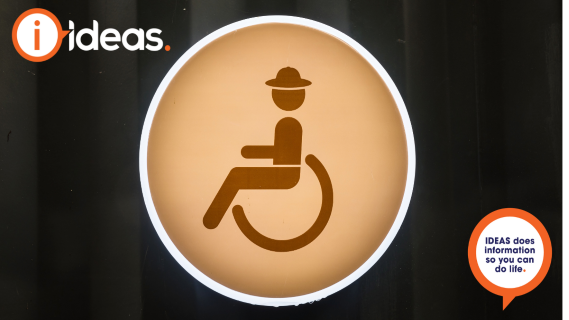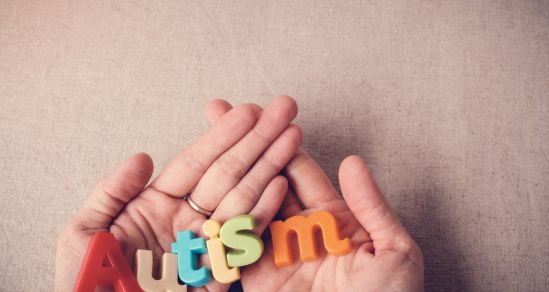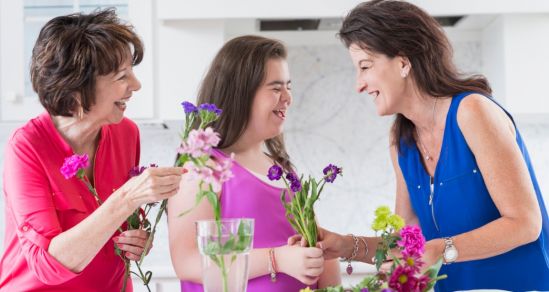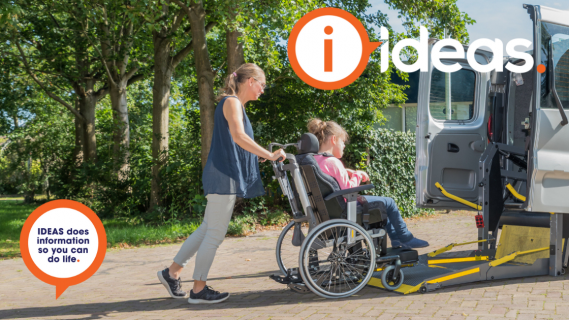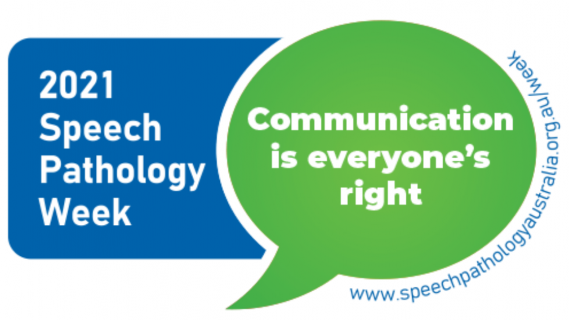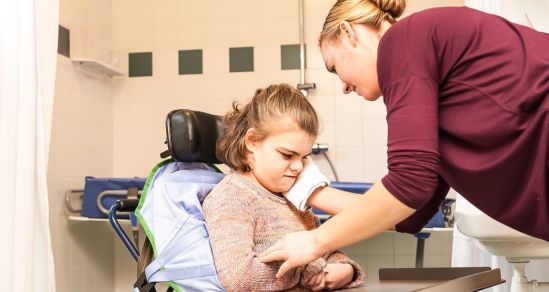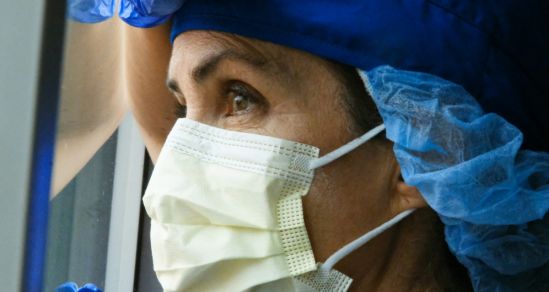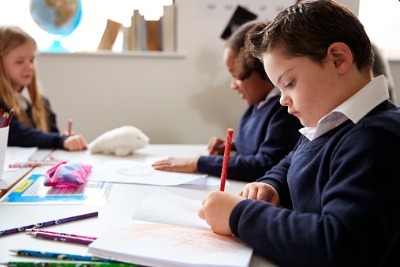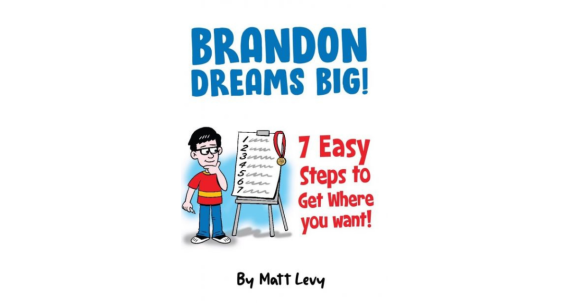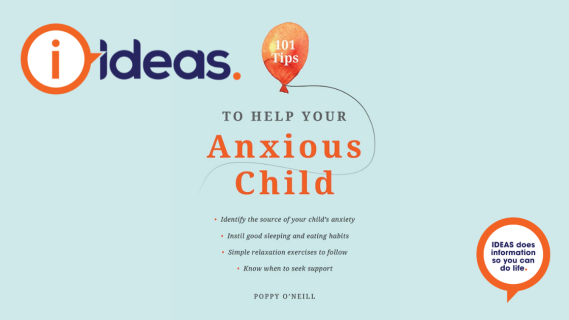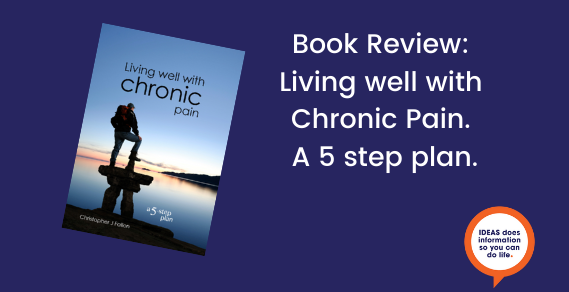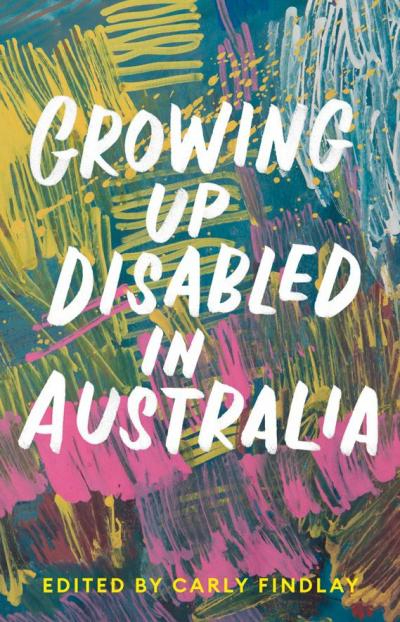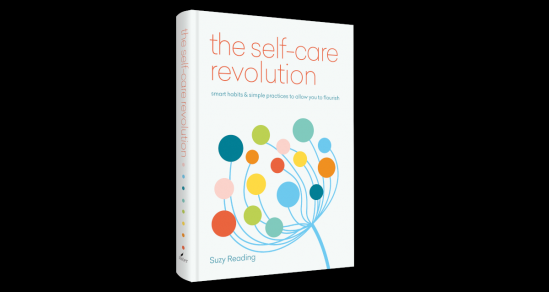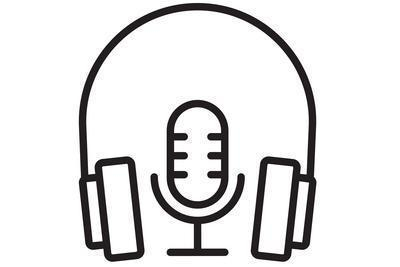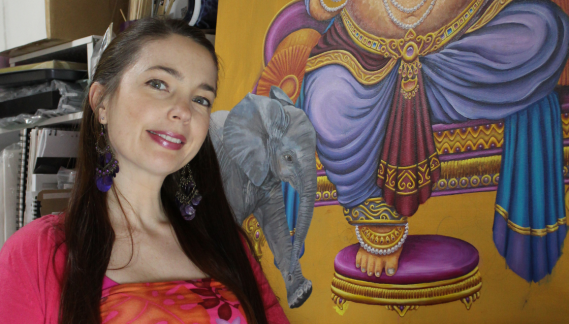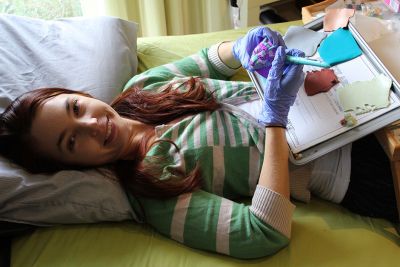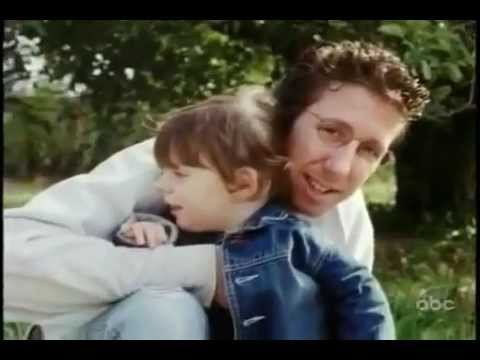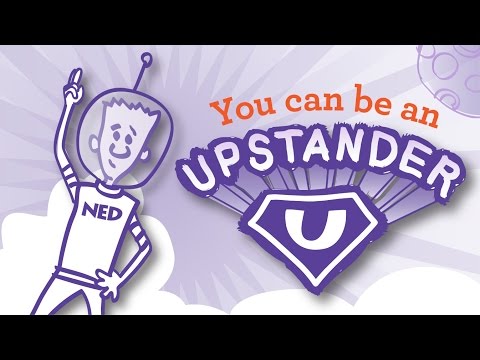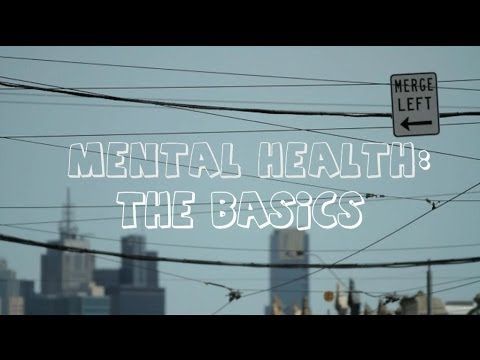Tourette syndrome (TS) is a form of neurological disorder. Tourette's is characterised by rapid, repetitive involuntary tics and repetitive vocalisations. Commonly misunderstood, we help to highlight what Tourette's is, how it can present, and resources that can help. With no cure for Tourette Syndrome understanding and breaking the stigma are vital.
Tourette's usually begins between the ages of 2 and 21. Tics are a build-up of tension, are irresistible and eventually must be performed.
Most people with Tourette syndrome do have some control over their symptoms. Yet, whilst control can be exercised, from seconds to hours at a time, it only delays and builds tension. This leads to more severe outbursts of symptoms.
Two categories, simple and complex, characterise tics. Symptoms can differ from one person to the next. Attacks can occur either daily or regularly. Stress and emotional overexcitement appear to make the condition worse.
TS is a spectrum disorder making it important to represent the full range of cases. Also, TS symptoms vary from mere aggravation to severe debilitation.
Examples of simple tics
Motor-based
- Eye blinking
- Head jerking
- Shoulder shrugging
- Facial grimacing
- Nose twitching
Vocal-based
- Throat clearing
- Barking noises
- Squealing
- Grunting
- Gulping
- Sniffing
- Tongue clicking
Examples of complex tics
Motor-based
- Jumping
- Touching other people and things
- Twirling
- Repetitive movements of the torso or limbs
- Pulling at clothing and
- Self-injurious actions including hitting or biting oneself
Vocal- based
- Uttering words or phrases
- Coprolalia (the involuntary utterance of inappropriate or obscene words)
- Echolalia (repetition of a sound, word or phrase just heard) or
- Palilalia (repeating one's own words)
Milder forms of Tourette syndrome can be misdiagnosed, as it often co-occurs with ADHD, autism, obsessive-compulsive disorder and conduct disorder.
Education
As a group, children with TS have the same IQ range as the population at large. While Tourette Syndrome does impact access to learning, it does not affect intelligence. Combined with attention deficit and the problems inherent in dealing with the tics, this may call for special educational assistance. TSAA has resources to assist and programs for schools.
Diagnosis
Observation of the symptoms and evaluating the history of their onset helps for the diagnosis. Unfortunately, no blood analysis, x-ray or other types of medical test exist to identify TS. However, a doctor may order an EEG, CAT scan or other blood tests to rule out other conditions mistaken with TS.
TS is 3 to 4 times more prevalent in boys than in girls and diagnosis is usually around age 8 or 9.
Relaxation and creative activities
Stress and emotional overexcitement appear to make the condition worse.
Creative activities such as making music, writing, or painting, help focus the mind on other things.
Dr Bliss Cavanagh, Artist and Designer, speaks of creating her own multisensory environments since being a child. And, realising later in life that she had been self-meditating to relax and feel comforted.
Drawn from her personal experience living with Tourette syndrome, Bliss creates large-scale, immersive multisensory installations that offer therapeutic benefits. Bliss is the founder of Creative Sensory Spaces, a creative business with a mission to support the world's wellbeing through evidence-based sensory experiences. Her products are available through Happy Senses.
Our article "Activities to help children with autism cope with their feelings" has useful links and activities that may be of interest to help children with TS.
Safe spaces
Make your home a place of safety. Allow free expression of tics and symptoms. As a parent or carer, remember to love your child often. Children (and adults) with TS frequently develop the idea that they are not loveable. A close, loving relationship and care from the family can help counter this. Include siblings as they can feel isolated with the TS child requiring so much focus. Siblings Australia have resources to help.
Occupational Therapy, Speech Therapy, medical, and other management strategies can support the child and family. This can include help with sleeping, developing a sensory diet, advocacy, developing interventions, adapting to functional challenges, and liaising with educators.
TSAA has a family camp program. The camp fosters inclusion and delivers activities that create a real and lasting change for individuals touched by TS and their families.
For more information see
Tourettes Syndrome Association of Australia
Kid Sense also has useful resources.







